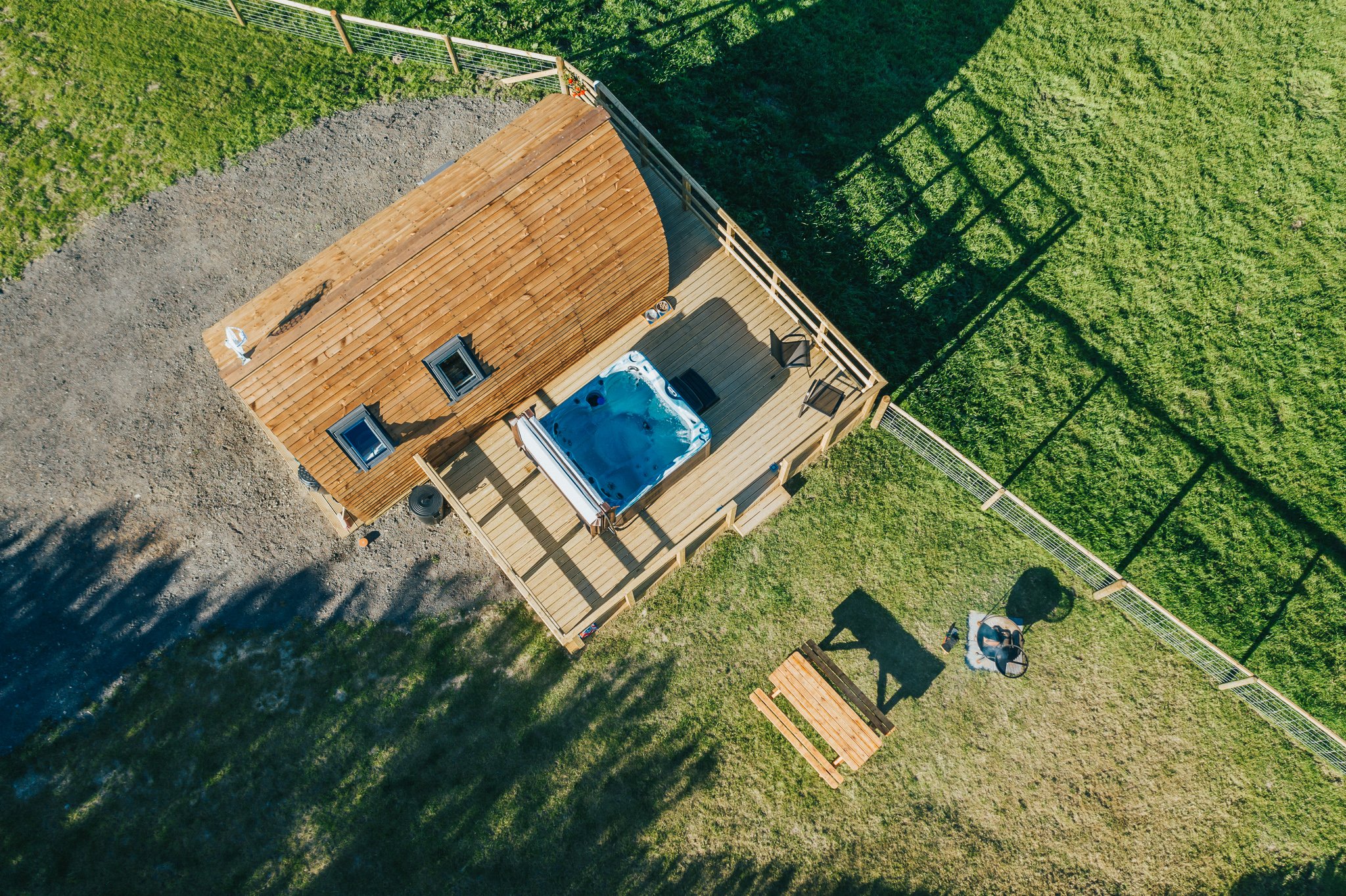What Planning Permission Do I Need for Glamping Pods?
Looking to buy glamping pods? Before you start browsing different types of pods and dreaming up branding ideas for your future glamping business, it’s important to understand planning permissions. To help you better understand the planning process, we’ve gathered information on different types of planning permissions as well as when you might not need one below. Let’s get right to it.
Planning permissions in the UK
There are four main types of planning permissions in the UK:
Householder planning permission
Outline planning permission
Approval of reserved matters
Full planning permission
Householder planning permission
Householder planning applications are submitted by people who want to add to their homes. This could mean enlarging your existing house with something like an extension, or certain structures and outbuildings in your garden, such as sheds and greenhouses. It can’t be granted for commercial projects like glamping pods you’re looking to rent out to guests.
Outline planning permission & approval of reserved matters
Outline planning permission is sought to gain consent in principle from planning authorities for your glamping site. An application for one is less detailed than one for full planning permission, with outstanding issues dealt with through a separate reserved matters planning application.
This makes an outline planning application a popular choice for those looking to sell land to developers as well as for developers of large building projects: an agreement in principle is helpful for finding buyers and assessing the viability of a piece of land.
An approval of reserved matters covers things like appearance, layout, and means of access. It can’t be sought out alone, and you have to have obtained outline planning permission for the piece of land in question before seeking it out.
Full planning permission
Full planning permission is what’s most commonly used for setting up glamping sites for commercial purposes. It’s the most detailed individual application out of the bunch but ultimately no more work than applying for outline planning and then approval of reserved matters. This article goes into more detail about the difference between full and outline planning permission.
Planning permissions for glamping pods
Nine times out of ten – if not more – you’ll need to get planning permission for glamping pod(s) and other forms of glamping accommodation. This can be full planning permission or an outline planning permission as well as an approval of reserved matters. There are two notable exceptions to this rule:
1. A single glamping pod or similar for personal use
If you’d like to put up a single small glamping pod in your back garden for your family and friends to enjoy, this will likely fall under the permitted development rights for your house.
This is the case as long as it’s not rented out for commercial use, is no more than 2.5 metres tall, doesn’t block light or access to other properties and takes up no more than half of your garden space. If you wanted to install a Wigwam® glamping pod in your garden, you’d need to apply for householder planning permission due to the height of our cabins.
2. A temporary, movable glamping structure
If your plan is to erect a movable glamping structure for no more than 28 days out of the year for commercial purposes, you don’t necessarily need planning permission. Except that quite often you do. Confusing? Let’s take a closer look.
If you want to put up something like canvas bell tents or a shepherd’s hut with wheels for a few weeks out of the year, you can do so. However, you might struggle to make a good return on your initial investment this way. Additionally, the 28-day rule is only applicable when your glamping accommodation doesn’t have any services connected to it, such as running water or electricity.
Adding these to your otherwise temporary, movable glamping structures would make them more permanent and require more extensive work on your land, thus requiring planning permission. Building facilities like communal showers and kitchens also require planning permission.
It’s also worth pointing out that while the 28-day rule was extended to 56 days during the Coronavirus pandemic, this was a temporary change in rules. You might also need a camping or caravan site license even if you don’t need planning permission.
The bottom line & support for starting your glamping business
The bottom line is that if you’re going to start a glamping business in earnest, you need full planning permission for glamping pods.
How easy or difficult obtaining it will be varies greatly based on your location. National parks and Areas of Outstanding Natural Beauty (AONBs) have laws in place to protect them, making the planning process more complex and uncertain. On the other hand, those looking for a farm diversification project will be happy to learn that getting planning permission for operational farmland is often easier.
The application process can be long and complicated – but there is support available that can make the process faster and more cost-effective.
Learn More about Wigwam
The Wigwam brand consists of two separate but overlapping businesses - Wigwam Cabins and Wigwam Holidays.
Wigwam Holidays operates as a franchise, booking system and website. It is one of the top glamping businesses in the UK, consisting of over 80 UK locations and welcomed over 100k guests last year. Wigwam Holidays offers a tried and tested franchise model to its franchisees, and “great holidays in the great outdoors” to its guests.
Wigwam Cabins is a manufacturer of high quality wooden cabins. It’s the business that invented the ‘glamping pod’ over 30 years ago. Today, from its workshop in Perth, Wigwam Cabins focuses on building a range of glamping pods and timber lodges. Fear not, you do not need to be a part of Wigwam Holidays to buy products from Wigwam Cabins.
Get in touch with us
If you would like any more information from us, please fill in the form below and we will get back to you within two working days.

